Top Things to Know Before Buying House Plants: A Guide for Green Thumbs
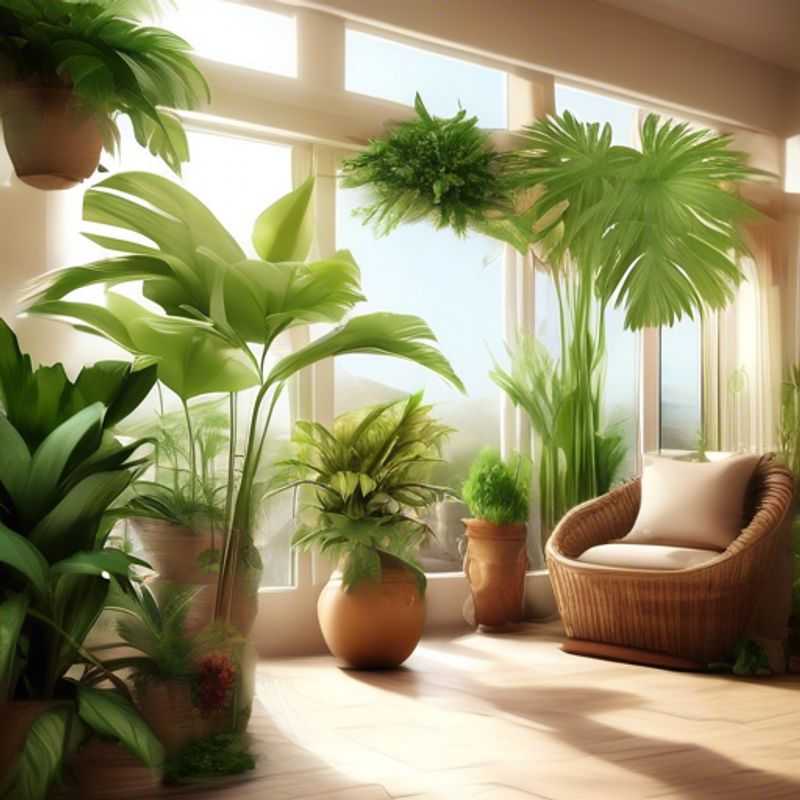
7 Crucial Things to Know Before Bringing Home Your Green Friends: A Houseplant Buying Guide
Bringing a little bit of the outdoors inside with house plants is a wonderful way to brighten your home and create a more calming atmosphere. But before you start browsing nurseries, there are a few things to consider to ensure your new green companions thrive.
First,

Unlocking Plant Happiness: Understanding Lighting Requirements for Different Species
Plants are fascinating living organisms, and their ability to thrive depends on the right amount of light. Understanding the lighting requirements for different plant types is crucial for their healthy growth and vibrant appearance. This guide provides a summarized overview of the essential lighting needs of various plant species, helping you create an ideal environment for your green companions.
Plants can be broadly categorized based on their light preferences: low light, medium light, and high light.
Low light plants, such as snake plants and ZZ plants, can tolerate shaded areas and thrive in rooms with minimal natural light. They are ideal for offices and homes with limited sun exposure. Medium light plants, like peace lilies and spider plants, enjoy indirect bright light and are suitable for windows facing east or west. High light plants, such as succulents and cacti, require direct sunlight for at least several hours each day, making south-facing windows or outdoor gardens the perfect locations.
Knowing your plant's light requirements is crucial for its well-being. If a plant is not receiving enough light, it may exhibit signs like stunted growth, yellowing leaves, and weak stems. Conversely, too much light can scorch leaves and lead to dehydration. Observing your plant's leaves is an excellent indicator of its lighting needs. Healthy leaves are a sign of optimal lighting, while discolored or wilted leaves might suggest inadequate light.
To ensure your plants thrive, you can use a variety of lighting solutions, including natural sunlight, artificial lights, and grow lights. If natural light is limited, artificial lighting can provide an excellent substitute. Grow lights specifically designed for plants emit the appropriate wavelengths of light for photosynthesis and promote healthy growth.
Remember, understanding your plant's light requirements is vital for its success. By providing the right amount of light, you can help your plants flourish and enhance their beauty. If you have any doubts, consulting a local gardening expert or online resources can provide further guidance.
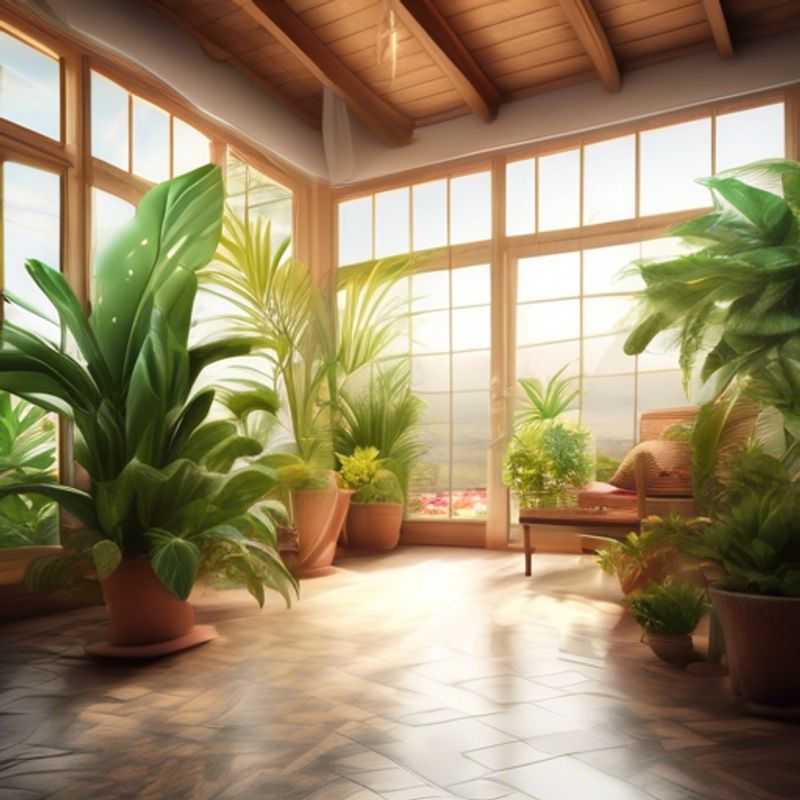
Unlocking Your Plants' Secrets: Researching the Perfect Soil and Watering Needs
Knowing your plants' ideal soil and watering needs is crucial for their thriving. Different plants have different preferences. A good starting point is to research the specific needs of each plant species.
To understand soil preferences, consider factors like drainage, pH level, and nutrient content. For instance, succulents thrive in well-draining, sandy soil, while acid-loving plants like blueberries require acidic soil.
Watering needs also vary. Some plants prefer consistently moist soil, while others tolerate drought conditions. Observe your plants' foliage - wilting or yellowing leaves often indicate insufficient watering, while overly saturated soil can lead to root rot.
Consider using a soil moisture meter to gauge soil dryness. These tools can save you from over-watering. Remember, consistent care and attention to your plants' individual needs will ensure their health and beauty.
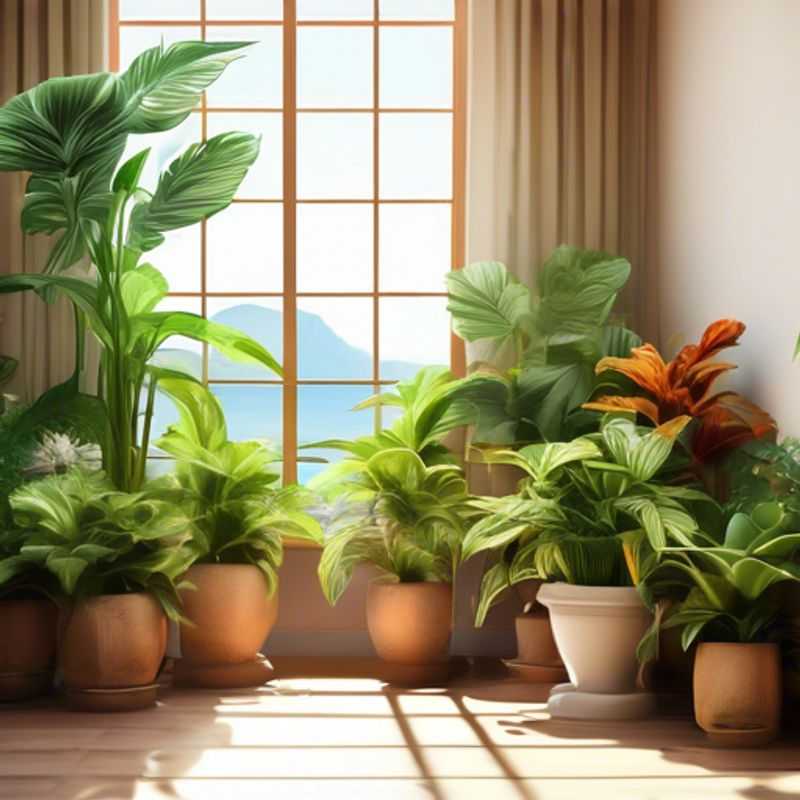
Choosing the Right Plant: Size Matters (and So Does Your Space)
When planning your garden or indoor plant collection, one crucial factor is the size of the plants you choose and the space you have available. This might seem obvious, but many people underestimate the growth potential of plants, leading to overcrowding and potential problems.
Consider the mature size of a plant, not just its current size. A tiny seedling can quickly become a large shrub or tree. Check online resources or plant labels for estimated mature dimensions.
Measure the space you have for planting. Account for the height, width, and depth of the area. Also, think about the surrounding environment. For example, a plant that thrives in full sun might not be suitable for a shaded corner.
Plan for future growth. Don't cram plants too close together, allowing them room to spread and develop their full potential.
Remember, a well-planned garden or indoor plant collection is a joy to experience. Taking the time to consider plant size and space availability will contribute to a successful and beautiful environment.
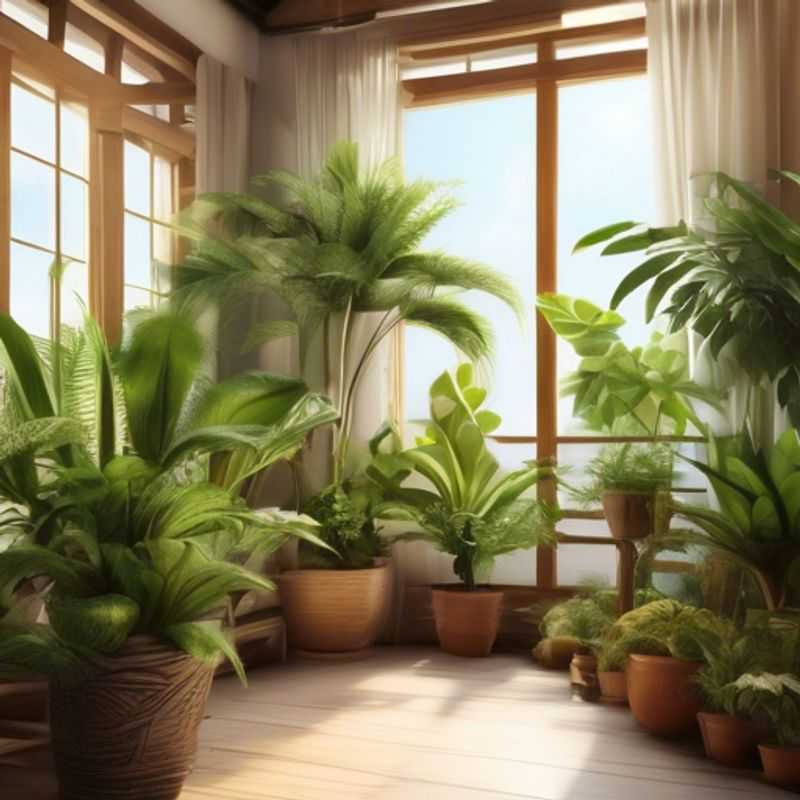
Green Thumbs Up: Identifying and Combating Common House Plant Pests and Diseases
Houseplants, like any living thing, are susceptible to pests and diseases. Recognizing these problems early is crucial for maintaining their health and vibrancy. Here's a quick rundown of common culprits and how to address them:
Pests:
Spider mites are tiny, almost invisible, but leave telltale webbing on leaves. They feed on plant sap, causing yellowing and stunted growth. Use insecticidal soap or neem oil to combat them.
Mealybugs are white, cottony insects that cluster on stems and leaf undersides. They suck plant juices, leading to yellowing and wilting. Handpick them or use insecticidal soap.
Aphids are small, soft-bodied insects that gather in colonies, often on new growth. They suck plant sap, causing leaves to curl and distort. Use insecticidal soap or introduce ladybugs, which prey on aphids.
Scale insects are armored insects that attach to plants and suck sap. They are often mistaken for bumps on stems and leaves. Use insecticidal soap or horticultural oil to control them.
Diseases:
Powdery mildew is a white, powdery coating on leaves, often caused by high humidity and poor air circulation. Improve airflow and use a fungicide if needed.
Root rot is caused by excessive watering, leading to root decay and wilting. Repot the plant in fresh, well-draining soil, and reduce watering frequency.
Leaf spot appears as brown or yellow spots on leaves, caused by fungal or bacterial infections. Remove affected leaves, provide good air circulation, and avoid getting water on leaves.
Remember, prevention is key. Regularly inspect your plants for any signs of infestation or disease. Use clean pots and tools, and avoid overwatering.
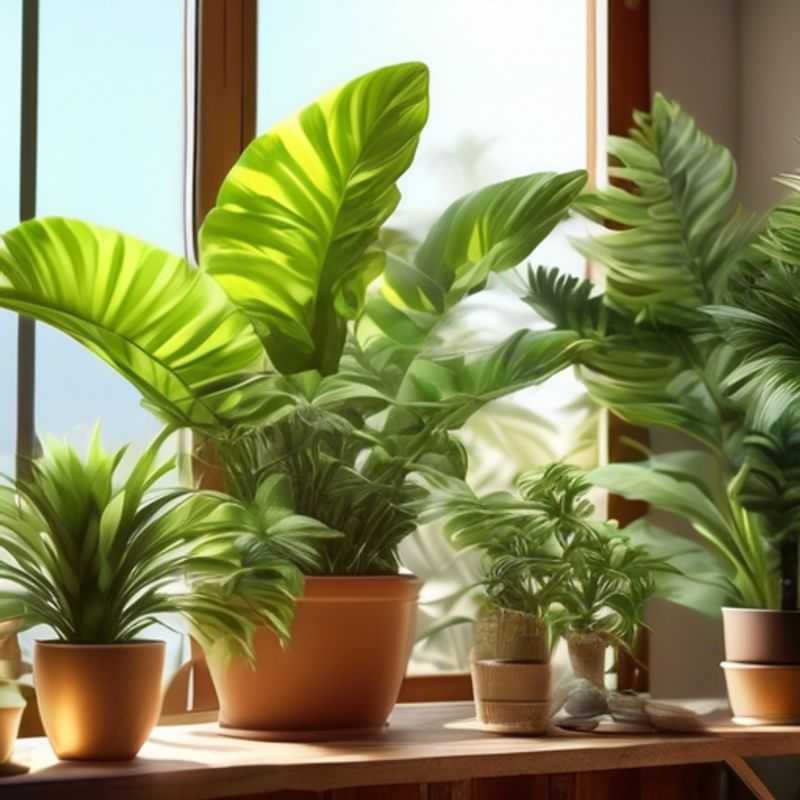
Mastering Maintenance: Your Guide to Long-Lasting Performance
Familiarizing yourself with proper care and maintenance is crucial for extending the lifespan of your assets and minimizing unexpected breakdowns. A well-maintained system operates efficiently, reduces downtime, and saves you money in the long run.
Regular inspections and maintenance are essential. These often involve visual checks for wear and tear, lubrication of moving parts, and cleaning to remove dirt and debris. Additionally, scheduled replacements of worn components ensure optimal performance.
Keep a detailed record of maintenance activities, including dates, tasks performed, and any parts replaced. This helps track the system's history, identify potential issues early on, and make informed decisions about future maintenance.
Professional services might be required for complex tasks like calibration, specialized cleaning, or repair of critical components. These services can be costly, so factor them into your maintenance budget.
Investing in preventive maintenance is always more cost-effective than reactive repairs. By identifying potential problems early on and addressing them proactively, you can avoid costly downtime and minimize unexpected expenses.
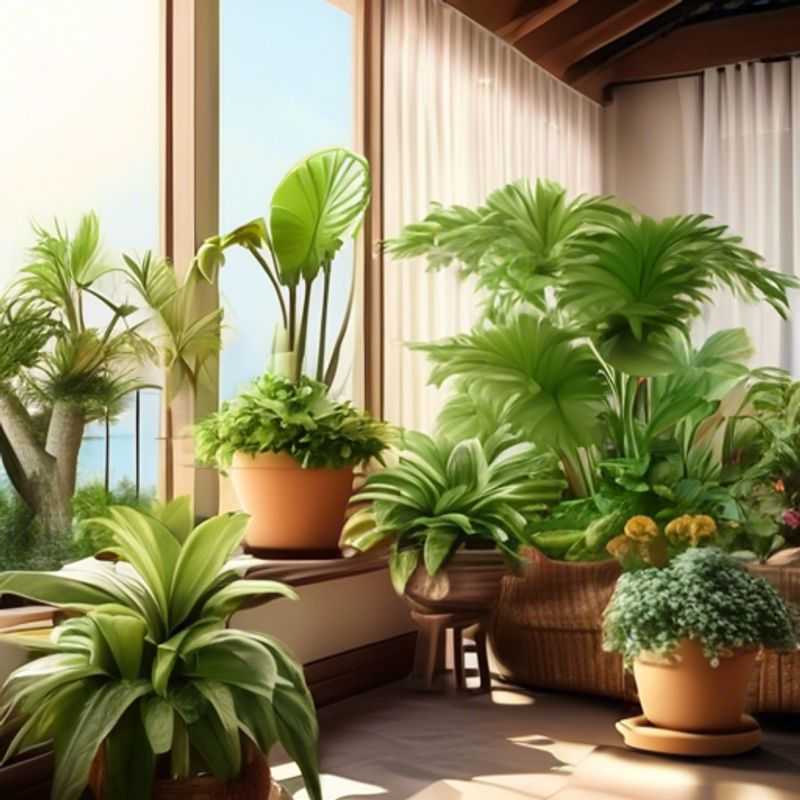
Budgeting for Plants: How to Stick to Your Greens
When it comes to purchasing plants, it is crucial to decide on a budget and stick to it. This helps prevent overspending and ensures that you make informed choices. Start by assessing your overall financial situation and determine how much you are willing to allocate for plants. Consider costs that might be involved, including the price of the plants, pots, soil, fertilizers, and potential delivery fees. Additionally, factor in any maintenance costs such as watering, pruning, and pest control, which can add up over time.
It is also wise to research price ranges for different types of plants, as some may be significantly more expensive than others. Visiting local nurseries or checking online retailers can provide a clearer picture of what to expect. Keep an eye out for seasonal sales or discounts, which can help stretch your budget further. Remember to prioritize quality over quantity; investing in healthier plants often leads to better long-term results.
Lastly, track your spending and review your budget regularly to ensure that you remain on course. By maintaining discipline with your finances in the plant purchasing process, you can enjoy your green investments without the stress of overspending.
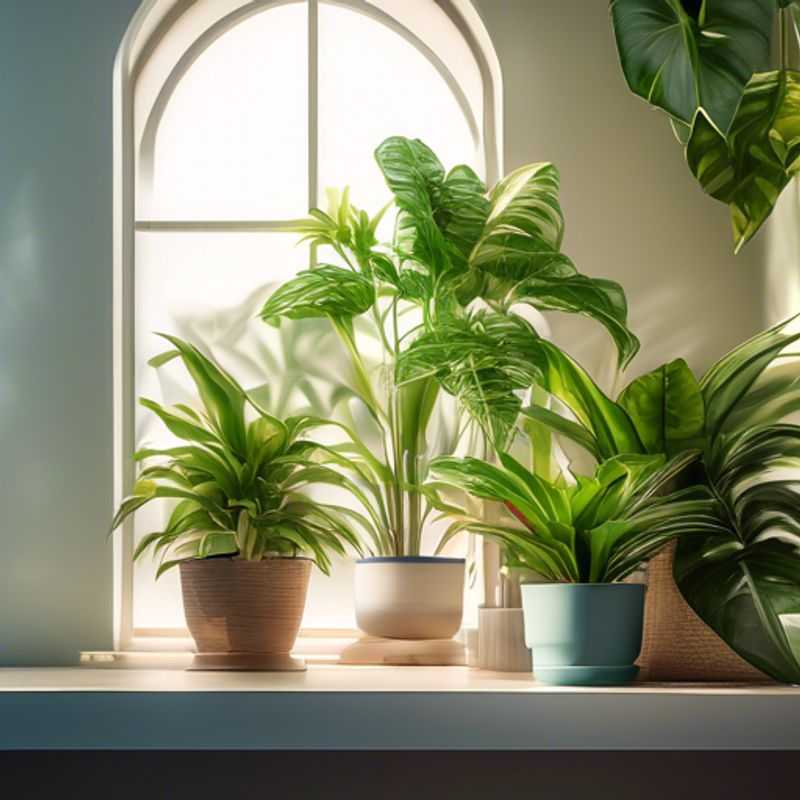
Pet-Friendly Plants: Choosing Safe Greenery for Your Furry Friends
When bringing greenery into your home, it’s important to consider the safety of your furry friends. Many common houseplants can be toxic to pets, causing anything from mild digestive upset to more serious health issues. Always research the toxicity of any plant before bringing it into your home, especially if you have pets. There are many resources available online and at your local pet store or veterinarian’s office.
Some of the most common toxic plants for cats and dogs include:
Lilies: All parts of the lily are toxic to cats, even the pollen. Ingestion can lead to kidney failure.
Pothos: This popular houseplant can cause oral irritation, vomiting, and diarrhea in pets.
Peace Lilies: These plants contain calcium oxalates, which can cause irritation to the mouth, tongue, and throat.
Sago Palms: These plants are extremely toxic to both cats and dogs, with even small amounts leading to liver failure.
If you suspect your pet has ingested a toxic plant, it’s important to contact your veterinarian immediately. They can provide the necessary treatment and advice.
To ensure the safety of your pets, consider choosing non-toxic alternatives. These include:
Spider Plants: These plants are known to be safe for pets and are even said to help purify the air.
Cast Iron Plants: These plants are very hardy and can tolerate low light conditions, making them ideal for indoor environments.
African Violets: These plants are a popular choice for their beautiful flowers and are considered safe for pets.
